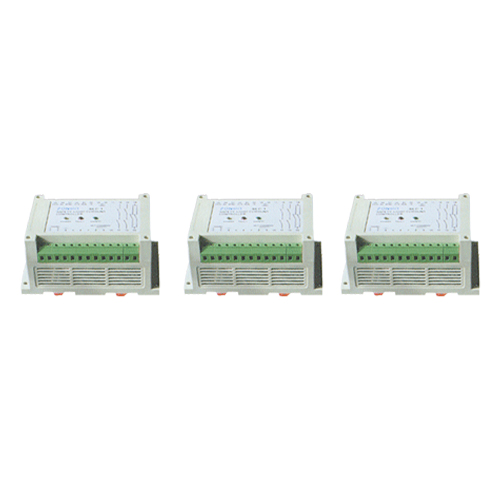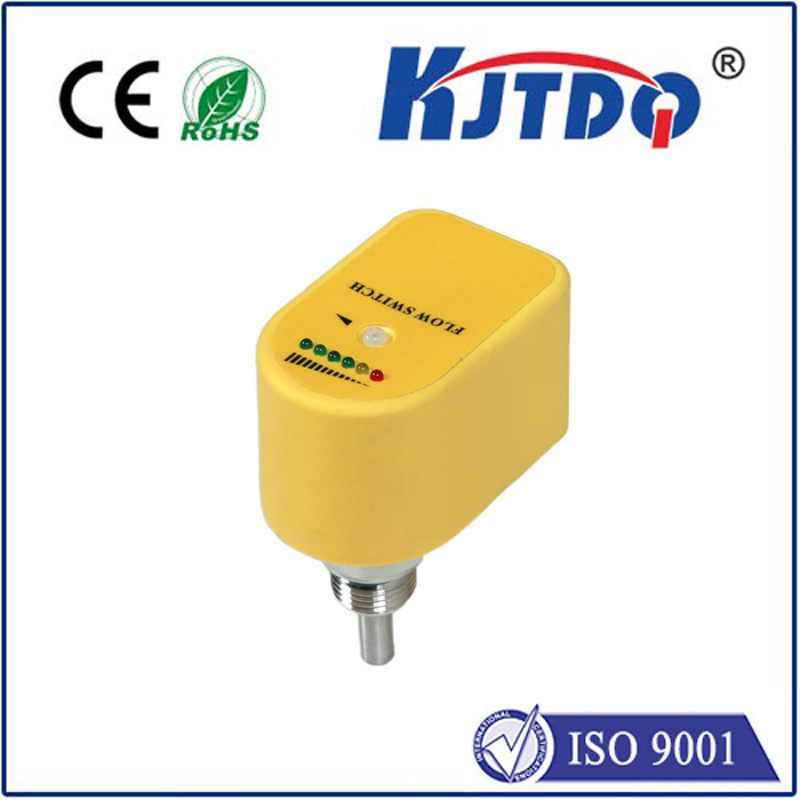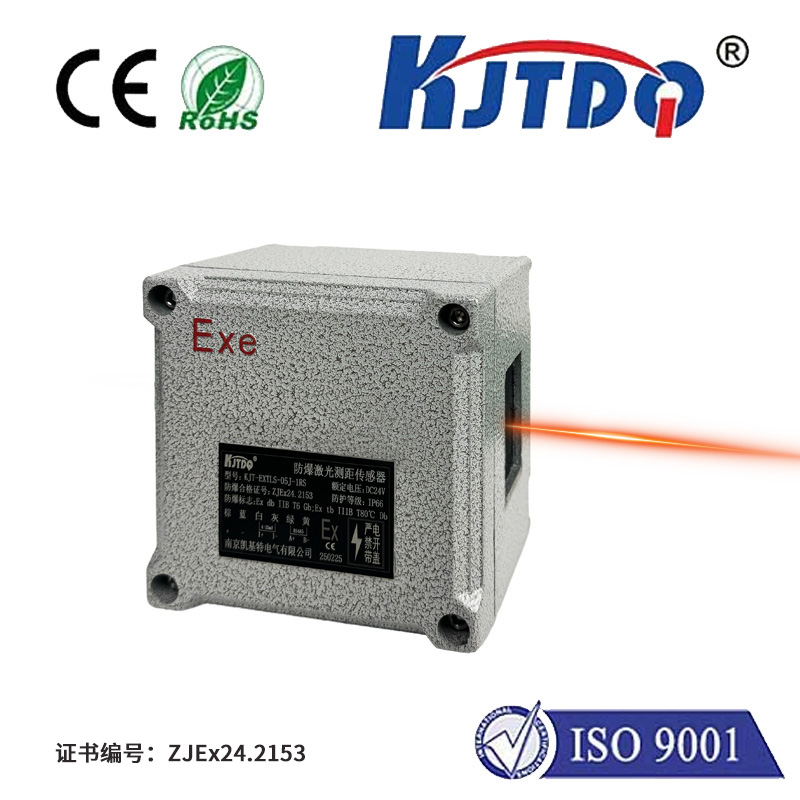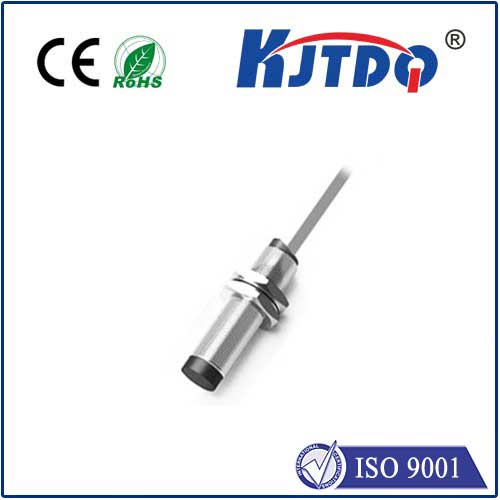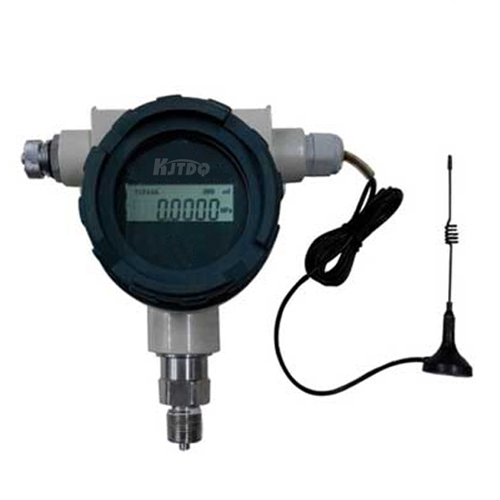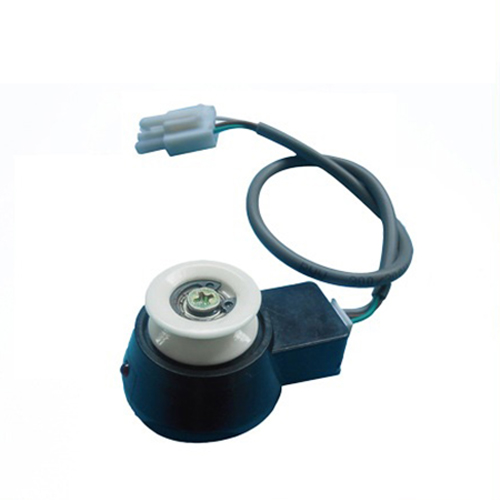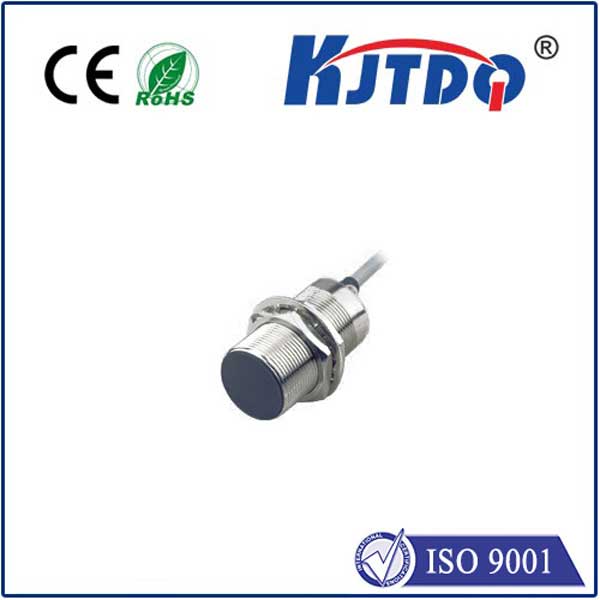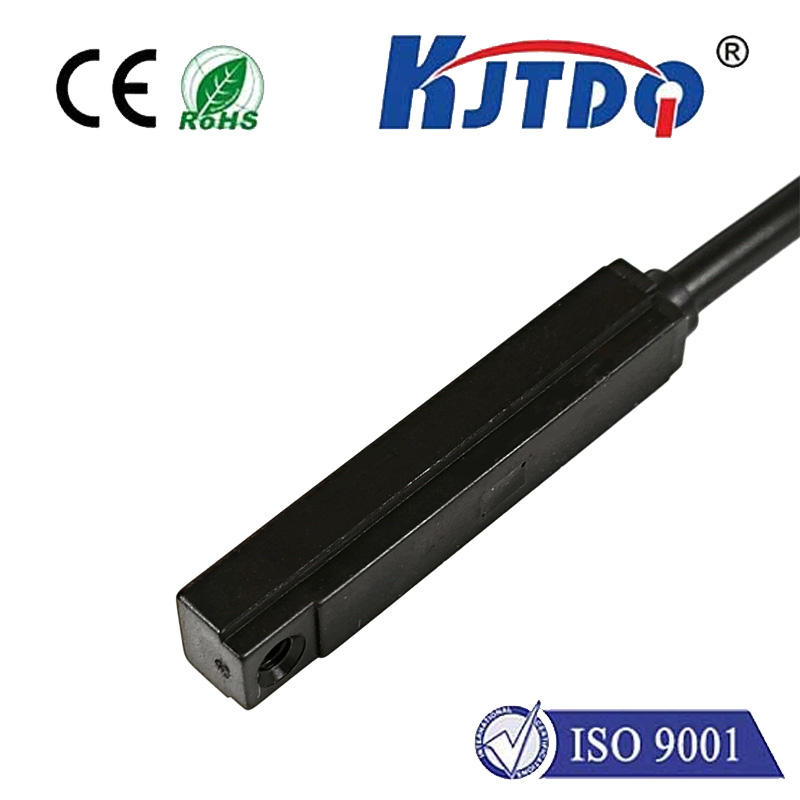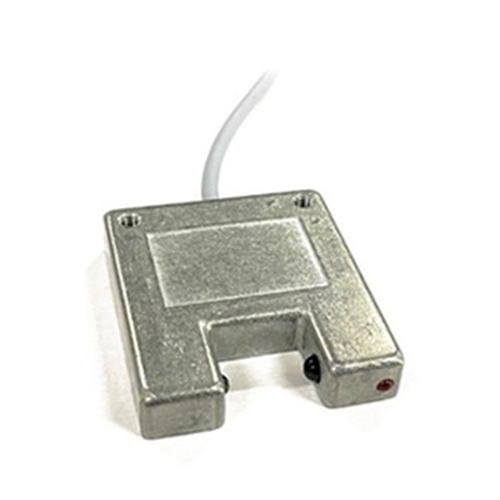

check

check

check

check

check

check

check

check

check

check
Title: Understanding the Spectrum: Exploring PM-65, PM-25, PM-45, and the PM2 Photoelectric Switch
In the world of automation and sensor technology, photoelectric switches are a vital component that enables devices to respond to the presence or absence of an object. Central to their functioning is the concept of Particulate Matter (PM), particularly in the context of PM-65, PM-25, PM-45, and the PM2 Photoelectric Switch. These designations are crucial for understanding how these switches interact with different particulate sizes in the air.
The term PM, or Particulate Matter, refers to particles found in the Earth's atmosphere. The numbers 65, 25, 45, and 2 indicate the maximum dimension in micrometers of the particles they denote. Thus, we have PM-65 for larger particles, PM-25 for medium-sized particles, PM-45 as a further classification within this spectrum, and PM2 for fine particles that are particularly concerning due to their potential health effects.

Let's delve into each category:
PM-65: Particles that fall under the PM-65 category are generally considered coarse particulates. They typically include dust, pollen, and other large particles that can be seen with the naked eye or a magnifying glass. In the context of photoelectric switches, these particles could cause a blockage or scattering of light, which might trigger an undesired response.
PM-25: Smaller than PM-65 particles, those within the PM-25 range are also known as inhalable particulates. They can penetrate deep into the lungs and cause respiratory issues. For photoelectric switches, PM-25 particles can be more challenging to detect accurately due to their smaller size but still significantly affect the environment and the switch's performance.
PM-45: This category sits between PM-25 and PM10, representing a subset of fine particulates that are small enough to remain airborne for long periods. The impact on photoelectric switches is similar to that of PM-25, where the smaller size of particles demands precise detection capabilities.
PM2 (Fine Particulate Matter): PM2 refers to particulate matter that has a diameter of 2.5 micrometers or less. These fine particles pose significant health risks as they can enter the bloodstream through the lungs. For photoelectric switches, the detection of PM2 requires highly sensitive technology to ensure accurate readings and prevent malfunctions.
Incorporating these considerations into the design and functionality of a PM2 Photoelectric Switch is essential for its effectiveness. Such a switch must be able to distinguish between various particle sizes, including PM-65, PM-25, PM-45, and PM2, ensuring it only reacts to particles within its designated target range. Advanced engineering solutions are often employed to filter out larger particles and focus on the specific size range the switch is designed to detect.
To conclude, comprehending the nuances of PM-65, PM-25, PM-45, and the finer PM2 categories is fundamental in the development and application of photoelectric switches. By recognizing the behavior and implications of these particulate sizes, engineers can design systems that not only improve industrial processes but also contribute to better environmental and health outcomes.
